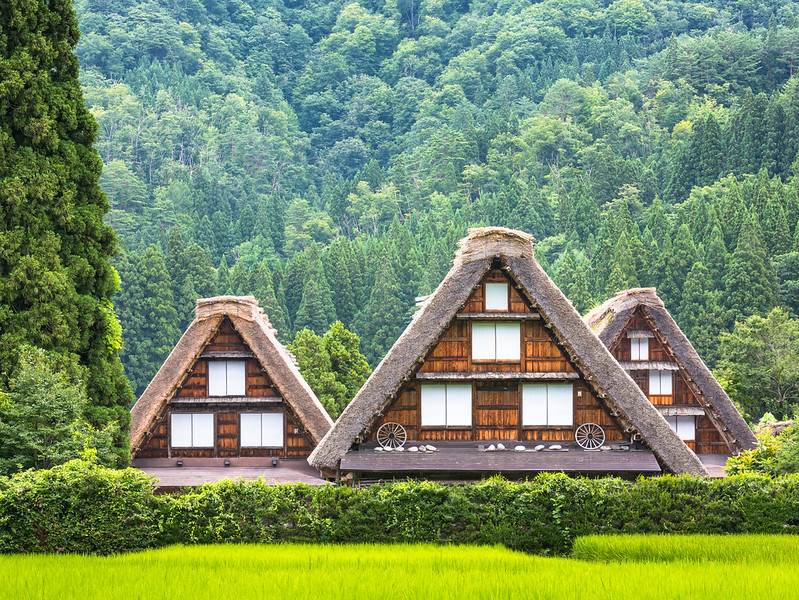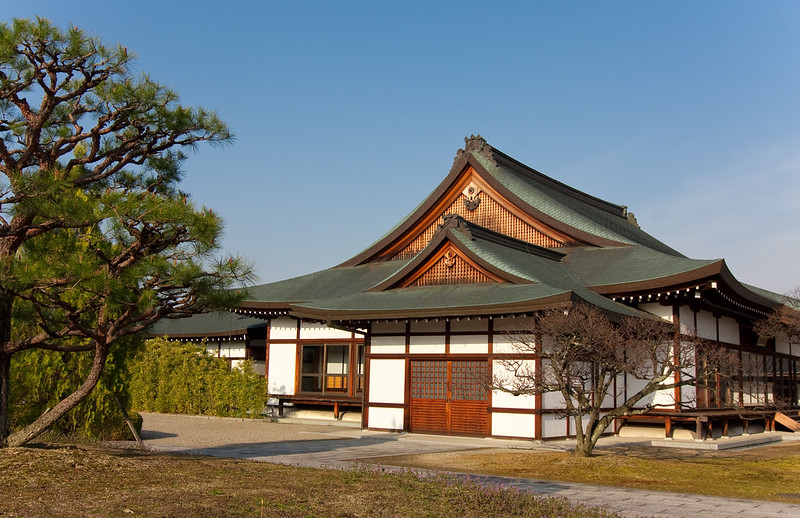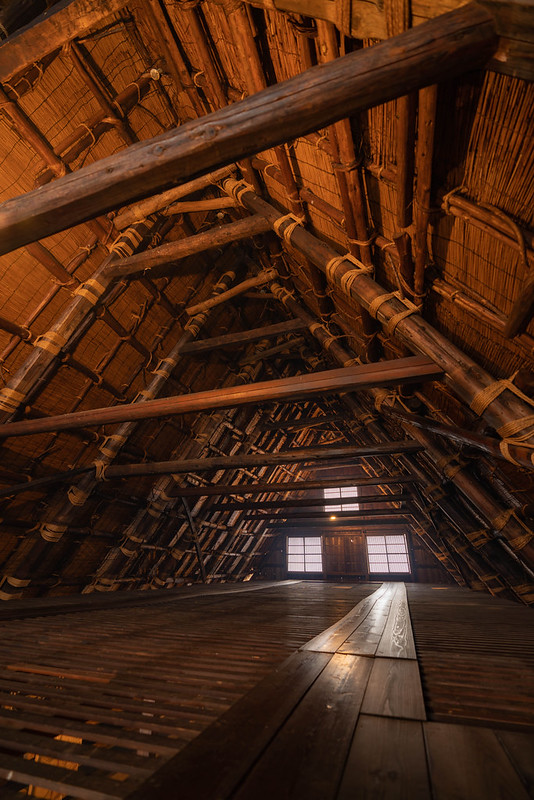
The Japanese Minka Homes
Typical examples of Japanese architecture are wooden structures slightly elevated from the ground with either tiled or thatched roofing. Thin sliding doors were used instead of walls to adapt the interior space for different occasions. People would usually sit on the floor or on cushions; chairs and tables were not commonly used until the 20th century’s Western influence.
Traditional Japanese house, Nara, Japan.
Traditional Japanese architecture has evolved greatly since the earliest known remains of a settlement dating back to Japan’s Neolithic period, as seen in the Sannai-Maruyama site. The sukiya-zukuri and shoin-zukuri Japanese architectural styles show the unique heritage, customs, and way of life of the Japanese.
Minka (民家) or “house of the people” are houses built using any of the traditional Japanese building styles. Japanese society was divided into four groups: farmers, artisans, merchants, and the samurai class. The minka dwellings were initially for the non-samurai castes or low level samurai. Typical minka homes are characterized by their basic roof structure and shape. They come in a wide variety of sizes and styles based on the location of the inhabitant and the climactic conditions of the area. Minka homes are generally classified as nōka (farmhouses), machiya (town houses), gyoka (fishemen’s dwellings), and sanka (mountain dwellings).
Some styles of farmhouses during the Edo Period:
Honmune-zukuri, or “true ridge” style,” is typically a square plan with a gabled, board-covered roof topped with a bird-like ornament called a suzume-odori .
Gassho- zukuri, or “constructed like hands in prayer,” is characterized by vast roofs. They were constructed with steep, thatched roofs that resembled Buddhist monks’ hands pressed together when in prayer. The architectural design developed through the years to withstand the elements. The gassho-zukuri roofs were timber-framed–made without nails–to allow for a much larger attic space, to cultivate silkworms, for example. Gassho-zukuri farmhouses, some which are over 250 years old, still stand today in the Shirakawa-go and neighboring Gokayama regions. The traditional minka farm houses line the Shogawa River Valley in the picturesque mountains that span Gifu and Toyama prefectures. The historic area was declared a UNESCO world heritage site in 1995 and is a wonderful place to visit when in Japan.
Inside a gassho-zukuri style farmhouse, Shirakawa-go Village, Japan.


